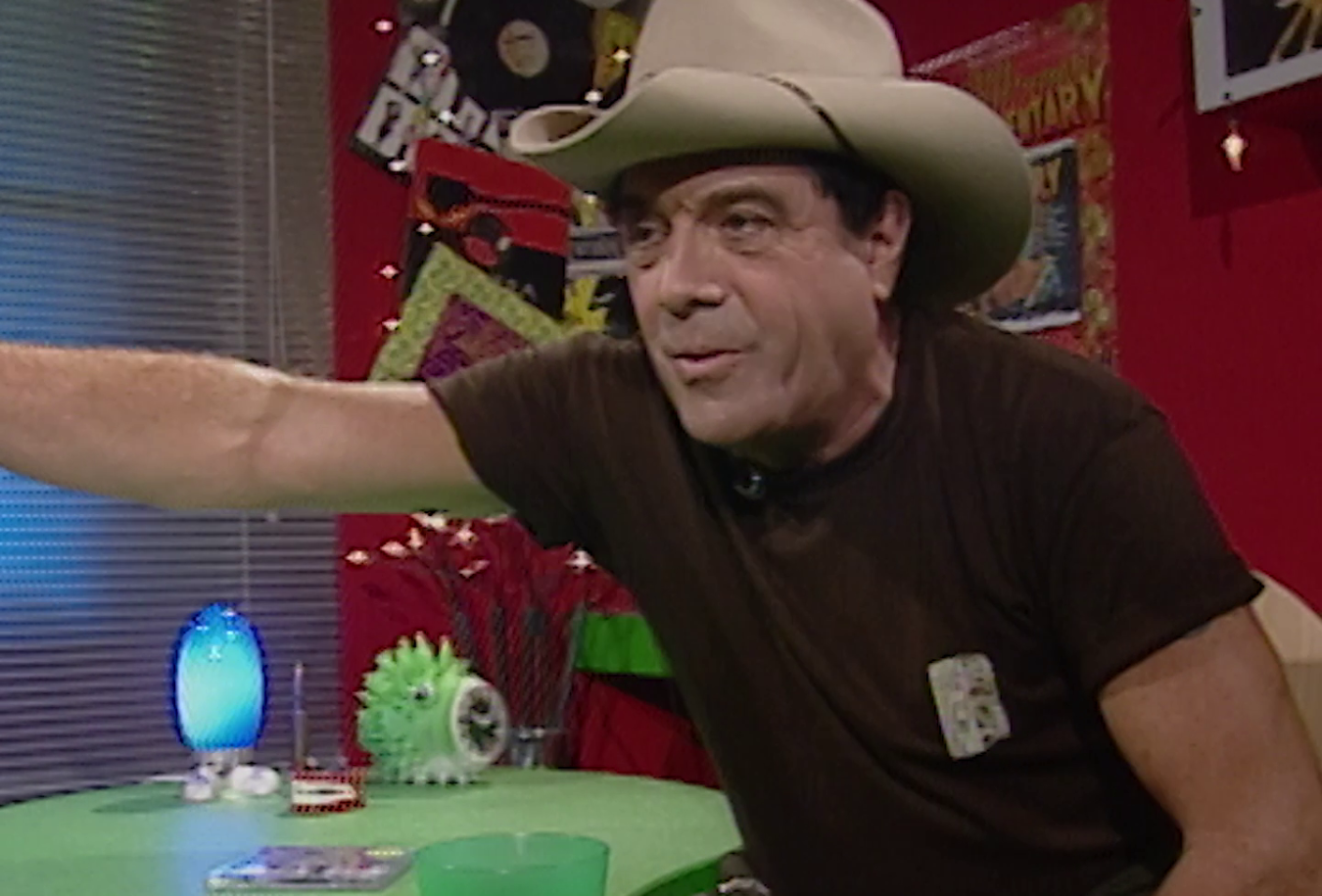
Tasmania the Wonderland in 4K
Tasmania is calling! This travelogue, thought to be part of a longer film produced for cinemas in 1935, is pitched at tourists but often takes a more formal, educational tone. To the accompaniment of chirpy newsreel strings, we’re shown the attractions of Hobart and its surrounds: cruising the unspoilt Derwent River, trundling along in double-decker trams, sailing on the harbour and playing on Sandy Beach.
There’s an element of parochial pride in the narration, which extols Hobart’s harbour as one of the five best in the world, lingers on the IXL factory with its annual production of 13 million tins, and sings the praises of Tasmanian apples, ‘which might grace even the table of the Royal house.’ That touch of Anglophilia is echoed in the descriptions of the Derwent valley, with its crops of fruit and hops, as reminiscent of ‘old England’.
This may be quaint in the context of orchards, but takes on a more sinister note in a visit to Hobart’s Beaumaris Zoo, where a Tasmanian devil on a leash is chivvied while the narrator accuses it of being ‘spiteful and cunning’. Harder still to watch is the footage of the last surviving thylacine (Tasmanian Tiger) in captivity, pacing its small, barren cage. It’s a reminder of the care that must be taken to preserve and protect what makes Tasmania wonderful. Since 1996, Threatened Species Day has been held in Australia on 7 September, the day this thylacine died.
Tasmania the Wonderful, although it seems to be incomplete, remains a detailed and valuable record of Hobart in the 1930s.
See more Tasmania in 4K. Watch footage of the Tasmanian Tiger in colour.
The National Film and Sound Archive of Australia acknowledges Australia’s Aboriginal and Torres Strait Islander peoples as the Traditional Custodians of the land on which we work and live and gives respect to their Elders both past and present.


